Literary tourism: Daphne du Maurier’s Cornwall
Fowey has a lot of things going for it but let’s face it, the main reason I wanted to go there was for its links to Daphne du Maurier, one of my favourite authors. Fowey is a very pretty small town and cargo port on the south coast of Cornwall, on the estuary where the River Fowey meets the English Channel. Its centre two or three streets are packed with tourists and it has far more bars and restaurants than its own small population could support. Its steep hills afford most of the town excellent views of the water, which is always full of boats. Across the other side of the estuary you can see the villages of Polruan and Boddinick, reachable by regular ferry services from Fowey.
Daphne’s first link to Cornwall was created when her father, the actor and theatre manager Gerald du Maurier, bought a holiday home in Boddinick. Ferryside sits right at the water’s edge, next to the ferry slip over to Fowey. The du Mauriers spent many a holiday there and the house has remained in the family ever since. It was lived in for years by Daphne’s sister Angela du Maurier and is apparently now the home of Daphne’s son Christian. It was here that Daphne wrote her first novel, The Loving Spirit, which is set in Plyn, a fictionalised version of Polruan. It was the success of this book that caught the attention of her future husband Lt Gen Sir Frederick Browning. He sailed his boat Ygdrasil to Fowey and invited Daphne out on the boat. They married a few months later at Lanteglos-by-Fowey.
During the Second World War, Daphne moved to Fowey itself, renting Point Neptune Cottage, above Readymoney Cove. This was the former stables of Point Neptune, a substantial property on the waterfront built by William Rashleigh in 1862. Daphne had a certain interest in the major local land-owning Rashleigh family, because years earlier she and her sister Angela had trespassed in woodland near Fowey and discovered Menabilly House, a mansion that had been owned by the Rashleighs for centuries, but in the 20th century was unlived-in and had fallen into a state of disrepair. Daphne had remained obsessed by Menabilly ever since, setting her most famous book Rebecca there (lightly disguised as Manderley). By 1943 she had had significant success with books such as Rebecca and Jamaica Inn and could afford to restore the great house, so John Rashleigh III granted her a lease and she moved in.
Daphne lived at Menabilly for 25 years and was very sad when old age and the loss of her husband forced her to move out to a smaller home. It’s where she wrote the majority of her books. Members of the public can’t access Menabilly, or even see it. It’s set in a small valley on top of the Gribben peninsula so it’s not visible from the sea, and thick woodland hides it from the road when you get up close. However, you can walk through some of the Menabilly estate. From a public car park at Menabilly Barton farm you can walk down the same ancient path through the farm to the nearest beach, Polridmouth Cove, that Daphne’s characters in Rebecca and The King’s General walked down.
The cottage at Polridmouth Cove was formerly part of the Menabilly estate and is the basis of Rebecca’s cottage on the beach. By the time Daphne moved into Menabilly, the cottage and its gardens had been sold off by the Rashleighs to a businessman to use as his holiday home, but she still fondly called it Rebecca’s Cottage. It’s far bigger than the little boat house I had always imagined when reading the book, but perhaps the businessman extended it, or perhaps Daphne used poetic license to make it smaller and quainter.
You can also walk the coastal path from Polridmouth to the Gribbin Head, skirting the edge of the Menabilly estate. At the headland stands the day mark, a beacon which since 1832 has marked the entrance to Fowey Harbour. The Gribbin Head is mentioned in a few of Daphne’s books, such as The King’s General, which I was reading during our visit, including our epic coastal walk to all these places (it was a six-hour walk, not counting lunch, but we did stop quite a lot for taking photos, skimming stones on beaches and reading a few pages during snack breaks). The day mark has a plaque listing Daphne’s links to the area.
You can follow the coastal path on around to Polkerris, another beach village mentioned in some of Daphne’s books. After her husband died she moved to a house called Kilmarth, halfway between Polkerris and Tywardreath, and stayed there until her own death in 1989.
I haven’t yet made it to Jamaica Inn, though I’ve driven past signs for it many times. And nor have I seen her childhood home in Hampstead. They’re on the list of future pilgrimages!
Which author would you make a pilgrimage to the former home of?
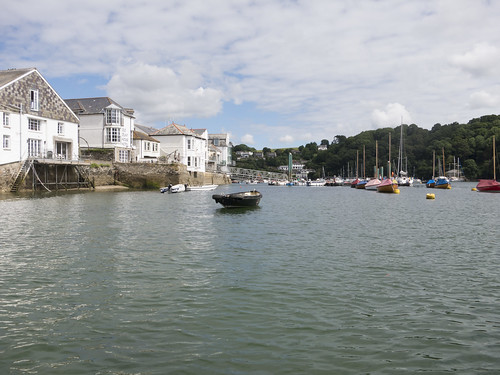
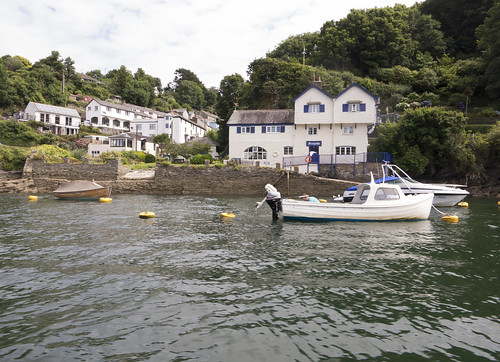
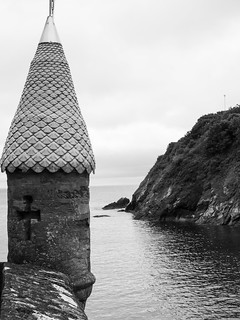
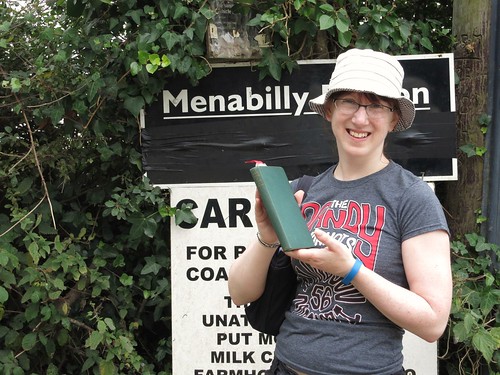
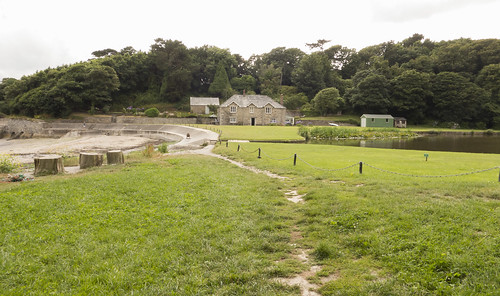
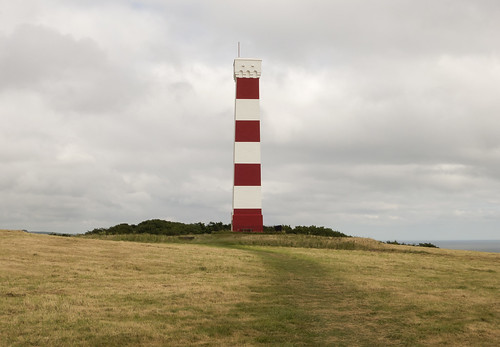
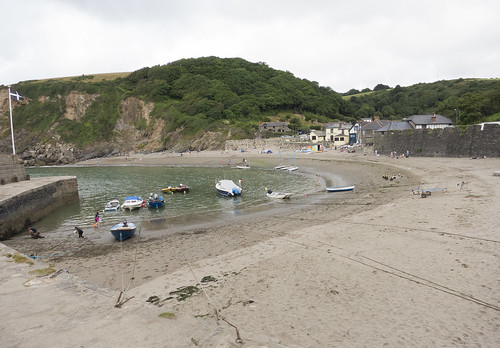
Hmmmm. I don’t know about former home of, but I always wanted to travel back in time to when the Dalai Lama and Thomas Merton met. I just think it’d be interesting to hear the conversation between East and West religions.
I achieved one of my ambitions a couple of years ago when I got to Dove Cottage,the house in the Lake District where William Wordsmith lived with his sister. It was tiny!
I LOVE this idea! I enjoy Du Maurier’s books, and I adore travel.
I have the hopes of someday doing a similar pilgrimage to follow in the footsteps of either Jane Austen or CS Lewis.